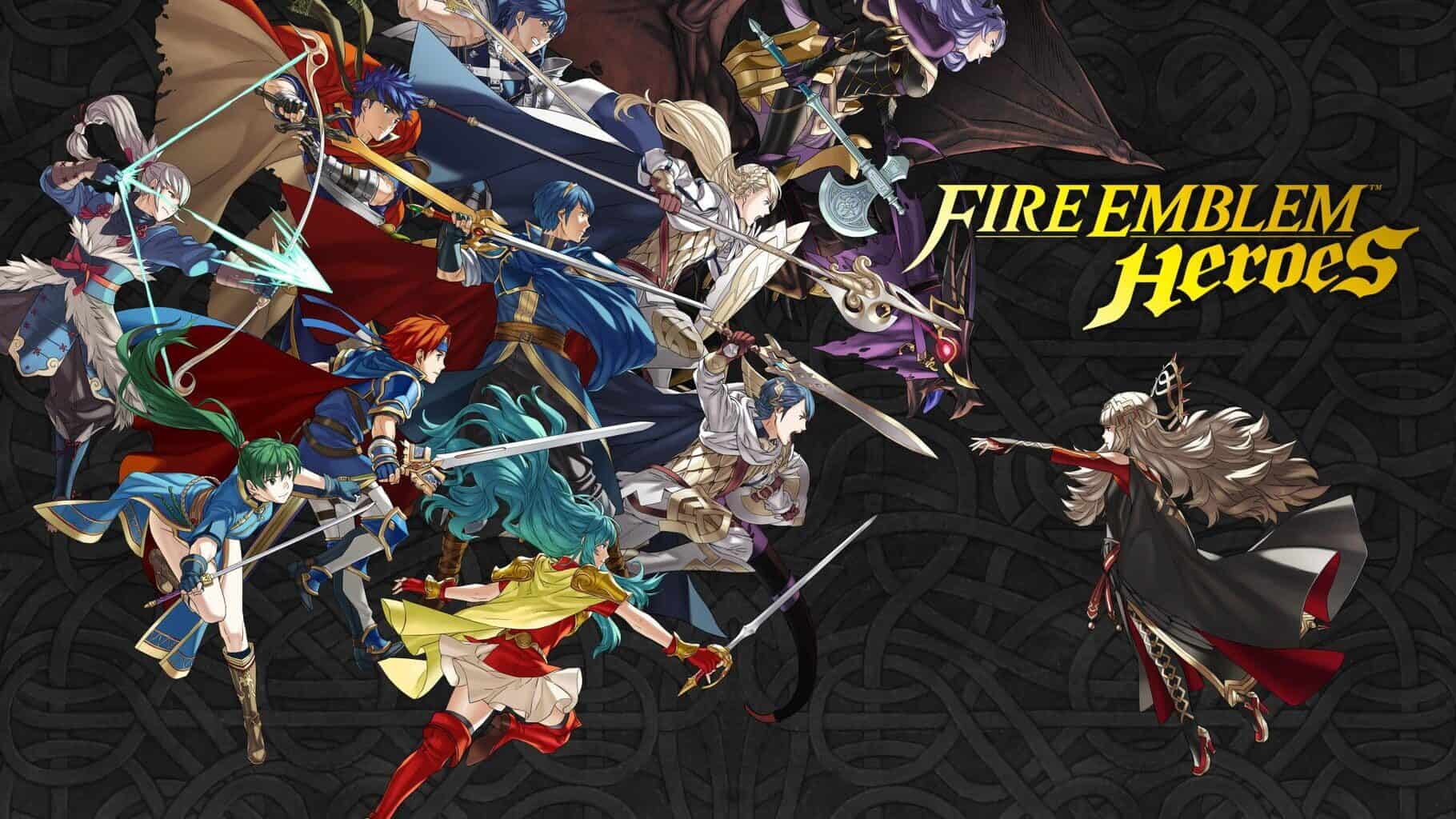Fire Emblem is a massively popular and beloved game series that has garnered fans with its fusion of tactical role-playing gameplay and immersive fantasy storytelling. The series is mainly developed by Intelligent Systems and published by Nintendo, with occasional spin-offs developed by others, including Atlus and Omega Force. The franchise debuted on the Nintendo Entertainment System in 1990 and has since expanded to include seventeen core entries by 2023, along with a few spin-offs. The grid-based battlefields and engaging storylines filled with rich characters in a traditional role-playing fashion define these games. In turn-based combat, players must strategically maneuver characters to achieve victory.
One of the standout features that has set Fire Emblem apart in the world of gaming is the concept of permanent character death in battle, a mechanic that has added to the importance of characters. However, starting from Fire Emblem: New Mystery of the Emblem, players can choose between Classic Mode, where fallen characters remain gone forever, and Casual Mode, where the characters can return in following battles. As for the Fire Emblem itself, it is an important symbol within the games, often depicted as a royal weapon or shield.
Fire Emblem: Shadow Dragon and the Blade of Light (1990)
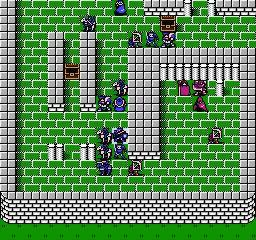
©A screenshot for Fire Emblem: Shadow Dragon and the Blade of Light.
As the first game in the series, it tells the story of Marth, who seeks to reclaim his kingdom from the sorcerer Gharnef and his master Medeus. Players lead Marth through various alliances and battles to retrieve the sacred sword Falchion and Fire Emblem shield. The game also laid the foundation for the series with turn-based battles on grid-based maps, with defeated characters being lost forever.
Fire Emblem Gaiden (1992)
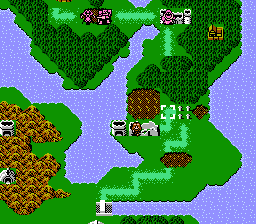
Building on its predecessor, Fire Emblem Gaiden follows two armies on the continent of Valentia, led by Princess Celica and her friend Alm, as they navigate political conflicts. The game’s story is a parallel narrative to the original, exploring themes of heroism, loyalty, and conflict. New elements, such as a navigable overworld, were added to the familiar turn-based strategy combat that further enhanced the gameplay.
Fire Emblem: Mystery of the Emblem (1994)
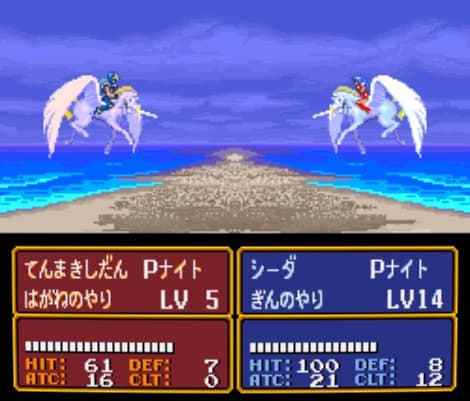
This game features a remake of the original Fire Emblem and a sequel, divided into two distinct parts. After the Marth and allies beat Gharnef and Medeus, bringing peace to the land, a new challenge arises. The game follows Marth as he confronts his former ally, Hardin, now holding the throne of Archanea, who is sending armies and expanding throughout the continent. The tale builds upon the aftermath of the previous victory. Tactical battles on grid-based maps remain central to the gameplay.
Fire Emblem: Genealogy of the Holy War (1996)
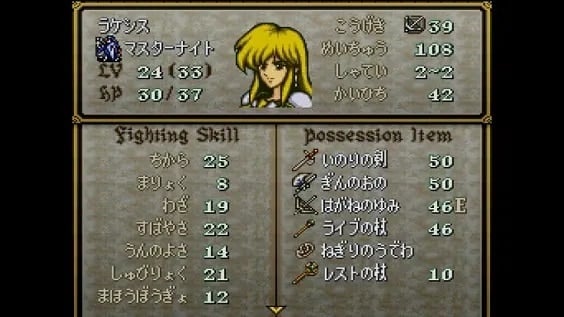
Fire Emblem: Genealogy of the Holy War is set in the continent of Jugdral. The game follows two generations of heroes, the Grannvalian prince Sigurd and his son Seliph, fighting against a cult trying to resurrect the dragon Loptous. The game takes players across eight countries founded by the ancient Twelve Crusaders. This group of ancient heroes was the last to fight the dragon into submission. The gameplay introduced the Weapons Triangle and Support systems, adding to the tactical battles played on grid-based maps.
Fire Emblem: Archanea Saga (1997)
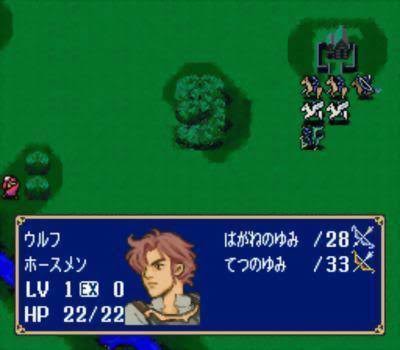
Fire Emblem: Archanea Saga, also BS Fire Emblem or Archanea War Chronicles, is a collection of four episodic games. They were originally broadcasted for the Satellaview attachment for the Super Famicom in Japan. The Satellaview allowed players to download games, magazines, and other forms of content through satellite broadcasts. The Archanea Saga episodes are set in the same world as Fire Emblem: Shadow Dragon and the Blade of Light and Fire Emblem: Mystery of the Emblem, focusing on side stories and events that took place around the time of these mainline games.
Fire Emblem: Thracia 776 (1999)
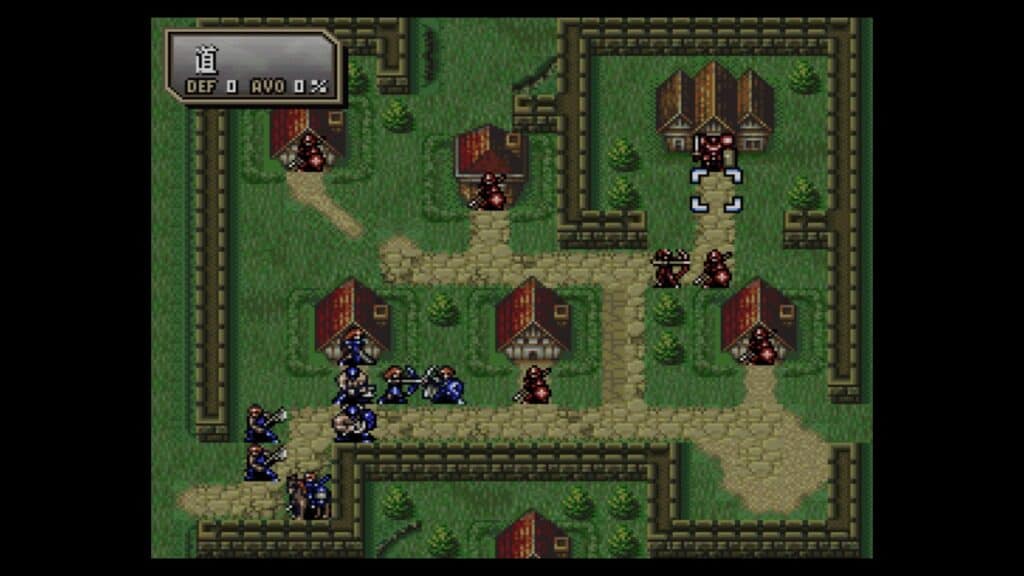
This installment takes place within the timeline of Genealogy of the Holy War, focusing on Leif as he builds a private army to overthrow the Grannvale Empire. It is once again set in the continent of Jugdral with the game’s story filling in the gap between the two main storylines of the previous game. Thracia 776 also introduces new gameplay mechanics, such as a fatigue system that causes characters to lose energy as they perform actions.
Fire Emblem: The Binding Blade (2002)
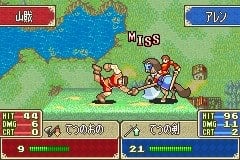
©The animation for an attack in Fire Emblem: The Binding Blade.
The Binding Blade explores the fictional continent of Elibe following Roy in his battle against King Zephiel of Bern, who seeks to dominate the land with a hidden power. The narrative explores themes of power, betrayal, and heroism in a world recovering from an ancient war between humans and dragons. The tactical gameplay is familiar to series fans but showcases new challenges, with characters subject to permanent death if defeated.
Fire Emblem: The Blazing Blade (2003)
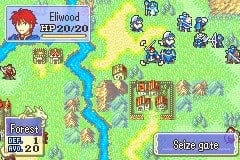
Serving as a prequel to The Binding Blade, this title takes place on the same continent and follows Lyn, Eliwood, and Hector as they unite to find a missing father and stop a grand conspiracy. The story explores friendship, honor, and politics within the world of Elibe, as the three heroes are responsible for returning peace to the region. The earlier entries’ tactical battles and permanent death mechanics continue in the gameplay. The game is available only on Game Boy Advance like its predecessor.
Fire Emblem: The Sacred Stones (2004)
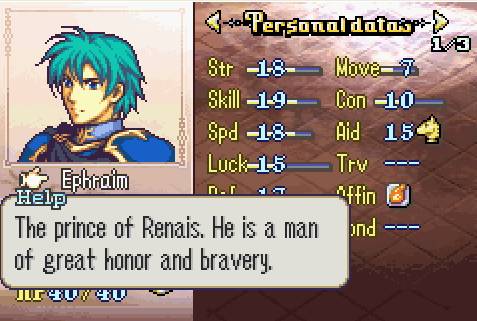
Set in the continent of Magvel, this entry follows the royal siblings Eirika and Ephraim as they combat the Grado Empire’s aggression and investigate the destruction of magical stones linked to an ancient demon. The continent consists of five nations that are connected to these magical stones. This game has a stand-alone narrative, separate from the earlier titles. The gameplay continues the tradition of tactical grid-based combat, with character support and permanent death playing vital roles. It is the last game in the Fire Emblem series on the iconic Game Boy Advance.
Fire Emblem: Path of Radiance (2005)
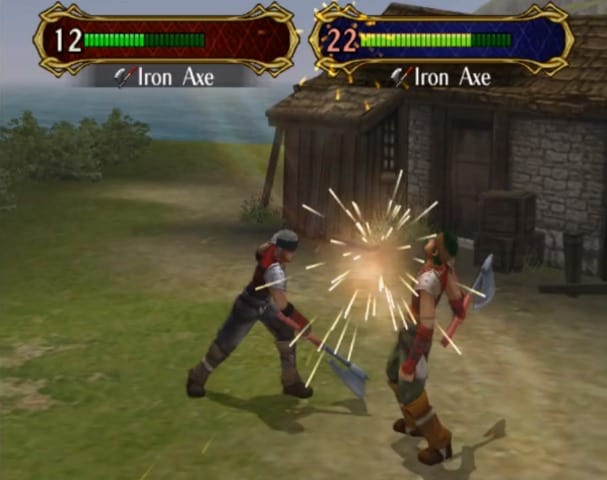
This game takes place on the continent of Tellius and follows Ike, a young mercenary, as he helps restore Princess Elincia to the throne of Crimea. Daein has invaded the world and racial tensions are palpable. The story tackles long-standing resentments between the human Beorc and shapeshifting Laguz. As a return to home consoles, the gameplay retains the turn-based battles and permanent character loss if defeated. This is the only game in the Fire Emblem series available on the GameCube.
Fire Emblem: Radiant Dawn (2007)
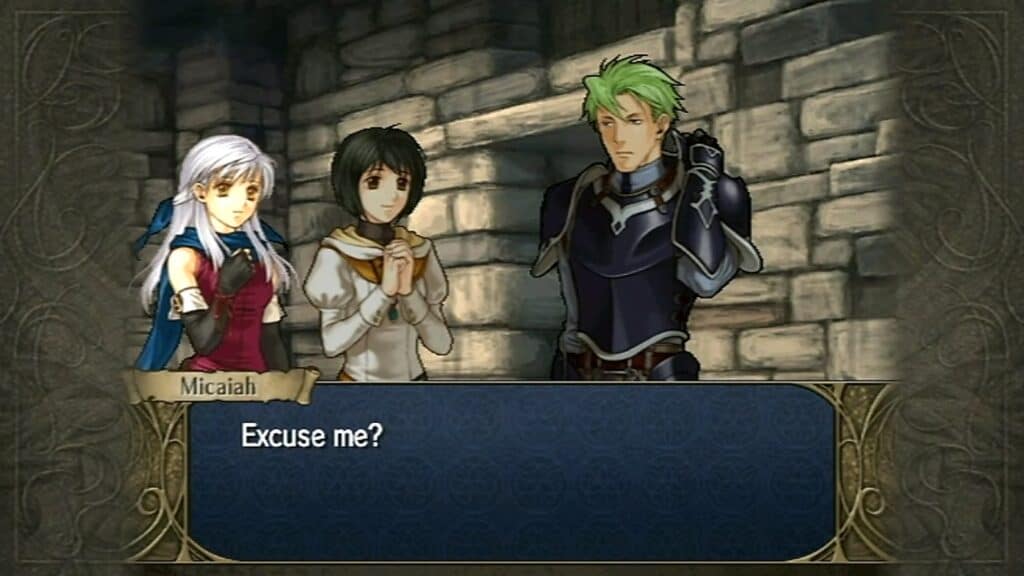
Radiant Dawn, the tenth entry in the Fire Emblem series, is a sequel to Path of Radiance. This one was the first of the Fire Emblem games developed for the Wii console. Set in the continent of Tellius, the game revolves around Micaiah and the Dawn Brigade fighting against the Begnion Occupational Army. Following traditional Firemblem gameplay, characters again move across a grid in turn-based battles, and non-core characters face permanent death if defeated.
Fire Emblem: Shadow Dragon (2008)
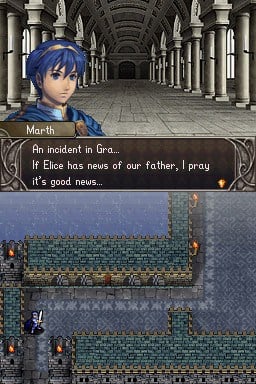
This game is a Nintendo DS remake of the original Fire Emblem title. Like the original, it focuses on Prince Marth’s fight for his kingdom from the evil sorcerer Gharnef and the Shadow Dragon, Medeus. However, first, the protagonist has to find help by building alliances and gathering an army in order to retain the sacred sword Falchion and the Fire Emblem shield. In the game, the character classes evolve based on usage and gameplay features the familiar grid and turn-based combat.
Fire Emblem: New Mystery of the Emblem (2010)
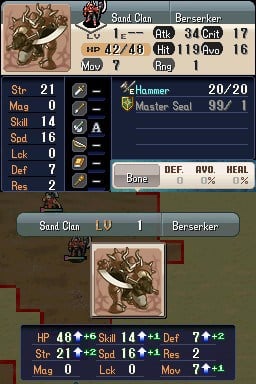
This twelfth entry in the Fire Emblem series is a remake of Mystery of the Emblem for the Nintendo DS and includes content from BS Fire Emblem, aka Fire Emblem: Archanea Saga. Players can customize an Avatar character alongside Marth, and the game contains four new story episodes known as the New Archanea Chronicles. It retains the tactical role-playing elements.
Fire Emblem Awakening (2012)
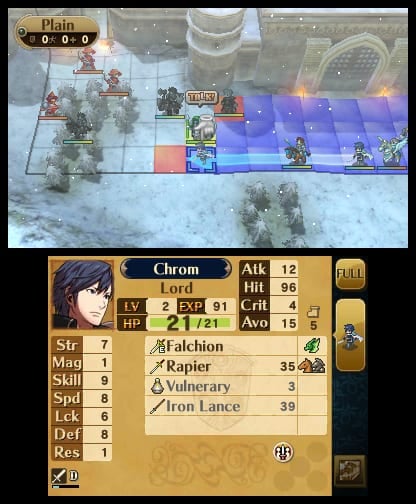
Fire Emblem Awakening was the first game developed for the Nintendo 3DS and continues the tactical role-playing tradition with grid-based battlefield movements on a new platform. The game introduced new features, such as relationship-building between characters to enhance abilities and multiple camera perspectives in battles.
Fire Emblem Fates (2015)
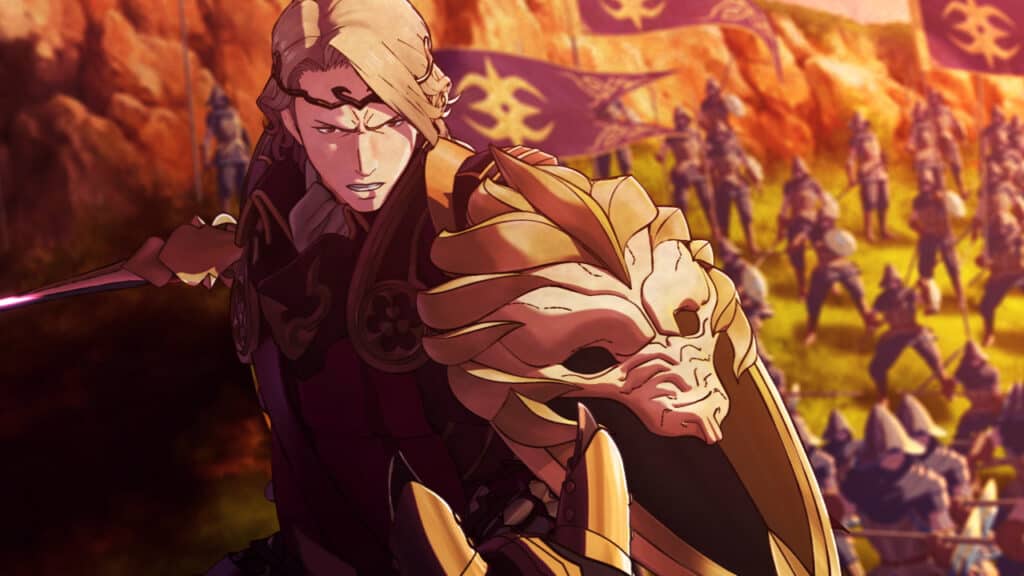
Fire Emblem Fates for the Nintendo 3DS offers three different storylines centered on the same characters, making it unique among the series. Players control an Avatar named Corrin, caught in a war between two kingdoms, with distinct gameplay mechanics in each scenario. The tactical movement and grid-based battlefield as the same as in previous Fire Emblem games.
Tokyo Mirage Sessions ♯FE (2015)
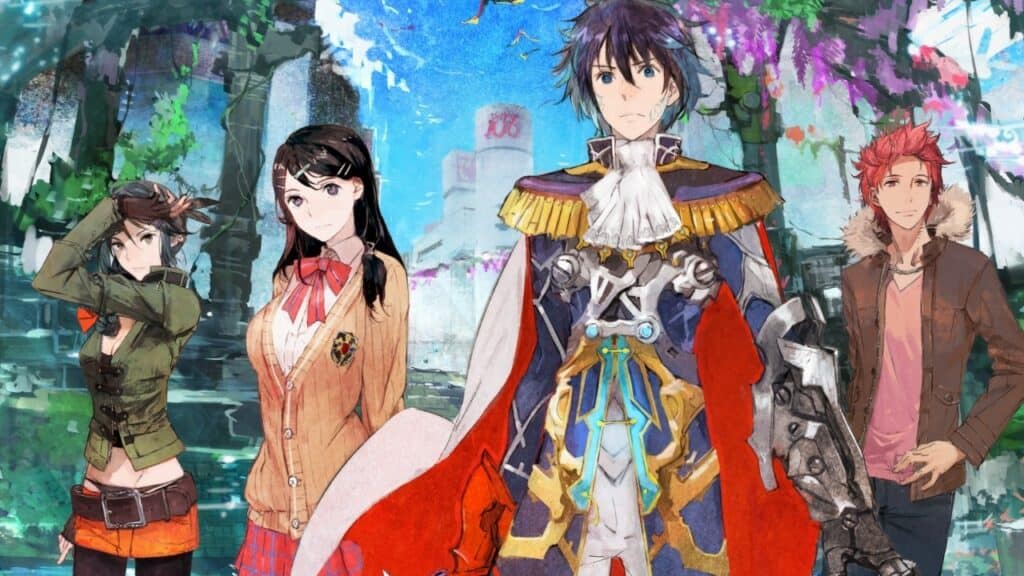
Intelligent Systems and Atlus developed this crossover game that combines elements from Shin Megami Tensei and Fire Emblem for the Wii U. The game is set in modern-day Tokyo, where players control a group of teenagers, known as the Mirage Masters. These Mirage Masters ally with Fire Emblem characters to fight hostile beings called Mirages. Nintendo later released a port for the Nintendo Switch called Tokyo Mirage Sessions ♯FE Encore.
Fire Emblem Heroes (2017)

As a mobile spin-off of the Fire Emblem series, Fire Emblem Heroes lets players control teams of up to four heroes on an 8 by 6 grid map. The game follows the traditional tactical role-playing style, with various character movement restrictions and alternating player and enemy phases. It quickly became massively successful and one of the best-performing Nintendo mobile game titles.
Fire Emblem Echoes: Shadows of Valentia (2017)
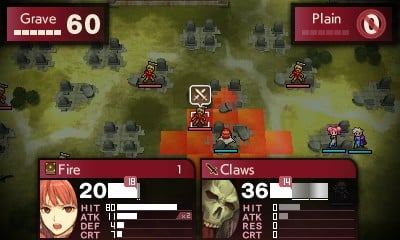
Echoes: Shadows of Valentia is the fifteenth installment in the series. It is a remake of one of the first Fire Emblem games, Fire Emblem: Gaiden, for the Nintendo 3DS. It follows two protagonists, Alm and Celica, as they seek to end a war. The game preserves core Fire Emblem mechanics but also includes unique features like dungeon crawling.
Fire Emblem Warriors (2017)
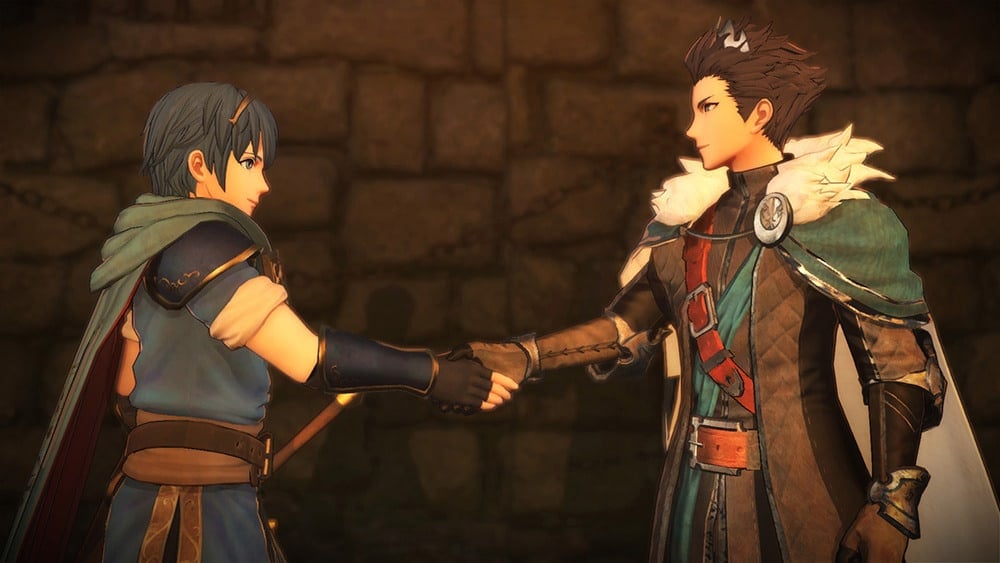
Fire Emblem Warriors is a crossover between the Dynasty Warriors franchise and Fire Emblem, creating a hack-and-slash action role-playing game for the Nintendo Switch and Nintendo 3DS. Players control characters from several Fire Emblem games, including Shadow Dragon and the Blade of Light, Gaiden, and more. Alongside hack-and-slash combat, the game also includes Fire Emblem‘s original Weapon Triangle and tactical command mechanics.
Fire Emblem: Three Houses (2019)
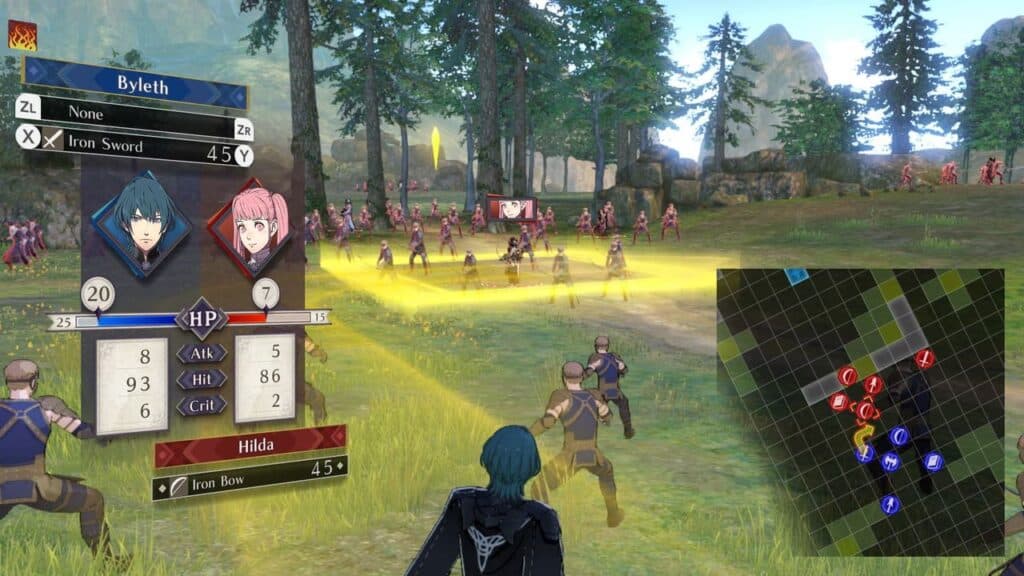
This game is the first set in the continent of Fódlan. Fire Emblem: Three Houses is a tactical role-playing game on the Nintendo Switch that lets players take on the role of Byleth, a professor at the Garreg Mach Monastery. Players guide students from one of three ruling powers through a series of turn-based battles, combining social simulation and time management elements. This sixteenth entry in the Fire Emblem series is the first on home consoles since Radiant Dawn.
Tokyo Mirage Sessions ♯FE Encore (2020)
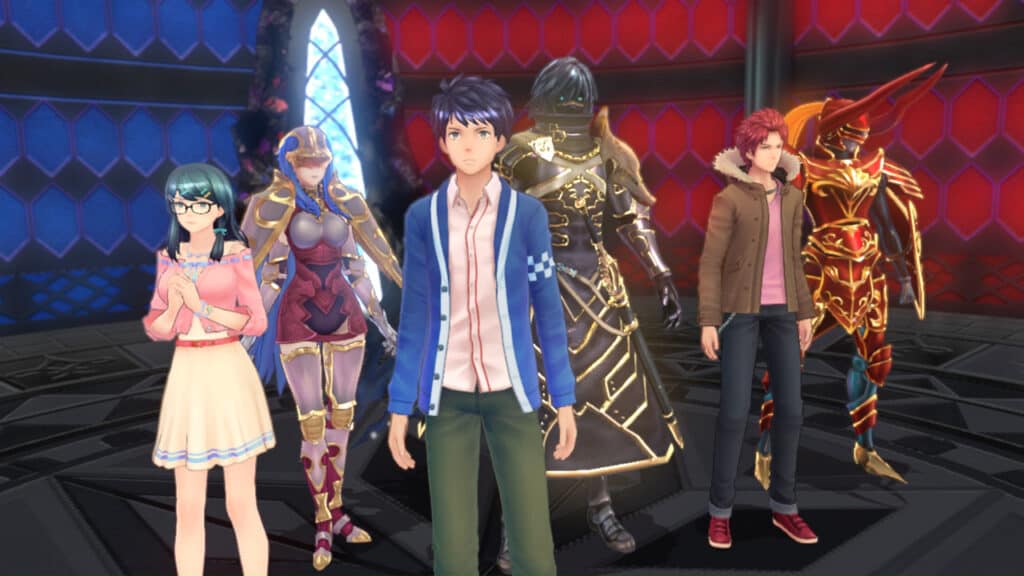
©A port of the original spin-off game featuring elements from Shin Megami Tensei.
This is an expanded port of the crossover role-playing game that combines elements from the Fire Emblem and Atlus’s Shin Megami Tensei series. Atlus and Nintendo released it for the Nintendo Switch in early 2020. The game features new story content, additional party members, and unlockable costumes. These costumed are based on other game titles such as Persona 5.
Fire Emblem Warriors: Three Hopes (2022)
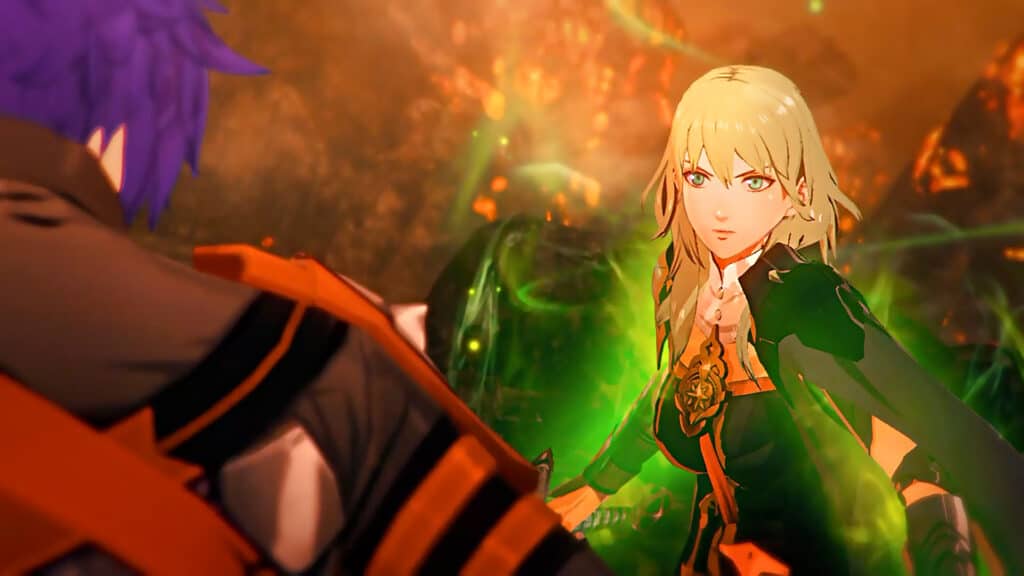
Another game in the Warrior series was released for the Nintendo Switch. This action role-playing hack-and-slash game is set in the same universe as Fire Emblem: Three Houses. It features an alternative timeline with a new character named Shez. Players can join one of three classes at the Garreg Mach Monastery, each representing different nations of Fódlan. Like the original Warriors title, it features crossover mechanics of the Fire Emblem and Dynasty Warriors franchises.
Fire Emblem Engage (2023)
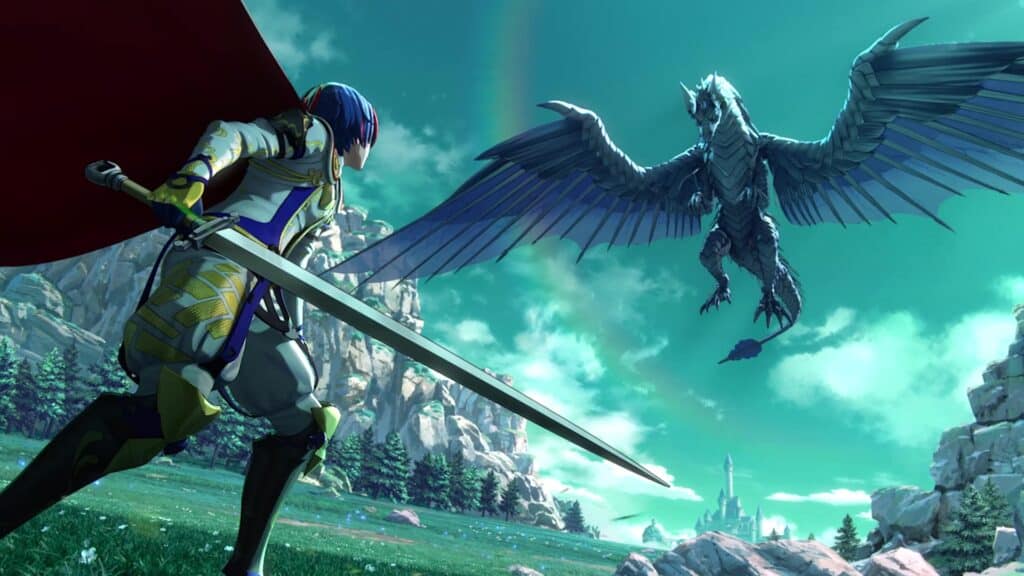
Fire Emblem Engage is the most recent of the Fire Emblem titles, released for Nintendo Switch. It follows the protagonist Alear, a dragon in human form, who becomes involved in a battle against the Fell Dragon Sombron in the land of Elyos. The game introduces twelve magical Emblem Rings, allowing characters to Engage with phantasmal copies from earlier Fire Emblem games and gain immense power. This installment of the series offers a new, colorful art style with 3D animations.
Chronological Order
The game series doesn’t have a clear chronological order to follow, instead, it has several different timelines that take place in different parts of the Fire Emblem universe. Players seeking to play the specific timeline in an orderly fashion can do so. However, if a strict timeline is to be followed, players would need to jump between games, which is likely too much to ask from most players.
Most Fire Emblem games a perfectly good as a separate, stand-alone experience. Even while they might fit a timeline, take place in the same continent, and have similar circumstances, the storylines, characters, and gameplay do not usually require gameplay in any specific order. The only exceptions are the Elibe timeline with The Binding Blade being a direct sequel to The Blazing Blade, and the same being the case with Path of Radiance and the successor, Radiant Dawn.
Instead of the strictest interpretation of the timeline, here we’ve focused on giving you the games that are included in the same timeline in a rough order of events. Note that the original timeline is playable with several variations of games, thanks to remakes available of the three first games ever released in the series.
The Original Timeline
- Fire Emblem: Genealogy of the Holy War
- Fire Emblem: Thracia 776 (released 1999)
- Fire Emblem: Shadow Dragon and the Blade of Light or Fire Emblem: Shadow Dragon (remake)
- Fire Emblem Gaiden or Fire Emblem Echoes: Shadows of Valentia (remake)
- Fire Emblem: Mystery of the Emblem or Fire Emblem: New Mystery of the Emblem (remake)
- Fire Emblem: Awakening
- Fire Emblem Fates
Elibe Timeline
- Fire Emblem: The Blazing Blade
- Fire Emblem: The Binding Blade
Tellius Timeline
- Fire Emblem: Path of Radiance
- Fire Emblem: Radiant Dawn
Fódlan Timeline
- Fire Emblem: Three Houses
- Fire Emblem Warriors: Three Hopes
